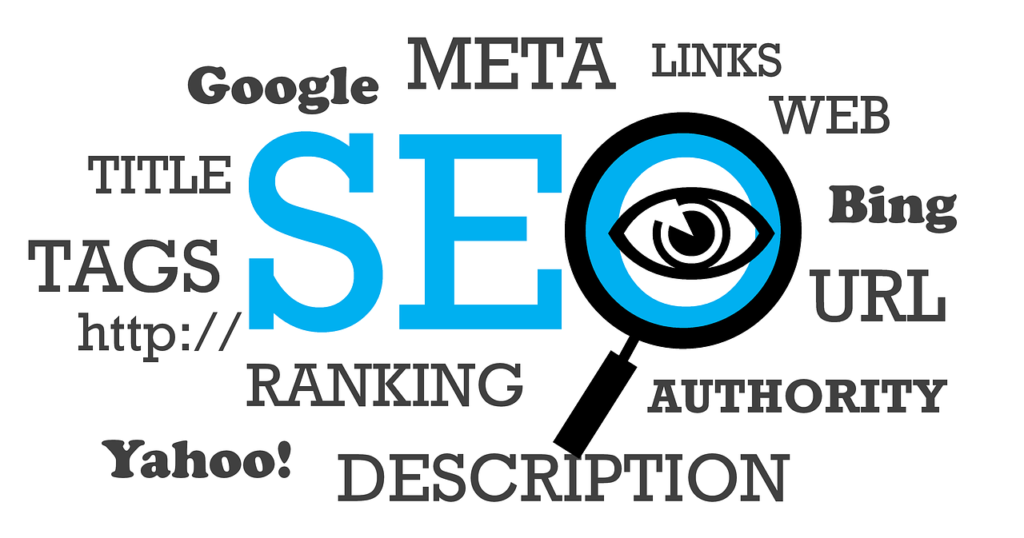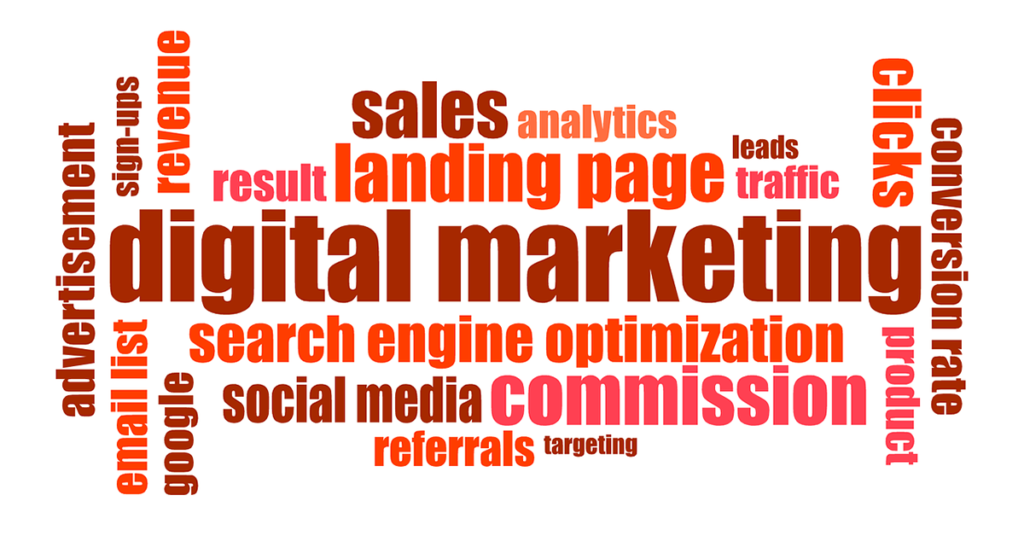
SEO in digital marketing
In today’s fast-paced digital world, businesses need a strong online presence to thrive. With countless websites competing for attention, visibility is crucial. Search engine optimization, or SEO, solves this problem effectively. SEO in digital marketing boosts website rankings on search engines like Google. Higher rankings mean more clicks, traffic, and potential customers.

This article dives deep into SEO’s role in digital success. We’ll cover keyword research, on-page tactics, off-page strategies, and technical aspects. You’ll also learn how to measure SEO effectively. Whether you’re a beginner or seasoned marketer, this guide helps. Let’s explore why SEO in digital marketing matters so much.
Why SEO in Digital Marketing is Essential
SEO stands for search engine optimization. It’s the process of improving a website’s visibility online. When optimized, websites rank higher in search results. Most users click the top few links only. Thus, SEO in digital marketing drives organic traffic efficiently.
But SEO isn’t just about rankings. It enhances user experience significantly. A well-optimized site loads fast and navigates easily. It offers valuable content that keeps visitors engaged. This leads to more sales or sign-ups naturally.

Moreover, SEO in digital marketing saves money long-term. Paid ads require constant spending to work. SEO, however, builds sustainable traffic over time. Once ranked, your site attracts visitors without extra costs. This makes it a smart investment for businesses.
Keyword Research: The Starting Point
Keyword research kicks off any SEO strategy. It finds terms people search for online. Targeting the right keywords brings relevant visitors. For instance, a pet store might use “dog food brands.”
Start by brainstorming keyword ideas. Consider your products, services, or customer questions. Then, use tools like Google Keyword Planner. These tools show search volume and competition levels. Pick a blend of short and long-tail keywords.
Short-tail keywords are broad, like “shoes.” Long-tail ones are specific, like “best running shoes 2023.” Long-tail keywords often rank easier and attract buyers. Use them naturally in your content always.
Avoid overusing keywords, though. Keyword stuffing hurts rankings and readability. Instead, create content that informs and engages. This aligns with SEO in digital marketing goals perfectly.
On-Page SEO: Fine-Tuning Your Pages
On-page SEO optimizes individual web pages directly. It uses keywords in titles, headings, and text. For example, “SEO in digital marketing” fits in titles well. This signals relevance to search engines clearly.
Content quality drives on-page success. Write clear, helpful, and engaging text always. Keep sentences short for better readability. Add images with keyword-rich alt text too. This boosts accessibility and SEO together.
Internal links enhance on-page SEO further. Link to related pages on your site. This helps users explore more content easily. It also spreads link equity across pages.

Mobile-friendliness is non-negotiable now. Most people browse on phones daily. Test your site with Google’s Mobile-Friendly tool. Ensure it looks great on all devices.
Off-Page SEO: Boosting Your Reputation
Off-page SEO happens outside your website entirely. It builds authority through external signals. Backlinks are the biggest factor here. These are links from other sites to yours.
High-quality backlinks show trustworthiness to search engines. Create amazing content to earn them naturally. Blog posts, infographics, or guides work well. Guest posting on reputable sites helps too.

Social media supports off-page SEO indirectly. Shares and likes don’t change rankings directly. However, they increase traffic and visibility fast. Post your content on Twitter regularly.
Reviews matter in off-page efforts too. Positive feedback on Google My Business boosts local SEO. Ask happy customers to leave reviews often. Respond to all feedback professionally always.
For more tips, see this guide. It explains backlink strategies in detail.
Technical SEO: The Behind-the-Scenes Magic
Technical SEO ensures your site runs smoothly. It focuses on speed, security, and crawlability. Search engines need to access your pages easily. Technical issues can block this process.
Site speed affects rankings heavily. Slow sites lose visitors and rank lower. Use Google PageSpeed Insights to check performance. Compress images and minify code for speed.

Security keeps users safe online. Switch to HTTPS with an SSL certificate. This encrypts data and boosts trust. Search engines prefer secure sites too.
A clear site structure helps navigation. Use categories and an XML sitemap always. Fix broken links with Google Search Console. These steps perfect technical SEO in digital marketing.
Measuring Success in SEO
Tracking SEO results is vital for progress. Organic traffic shows how many visitors arrive from search. Google Analytics tracks this metric accurately. Rising traffic means your SEO works well.
Keyword rankings reveal your position online. Tools like SEMrush monitor these changes. Aim to rank higher for “SEO in digital marketing.” Better rankings equal more visibility.

Conversions turn visitors into customers. Track purchases, sign-ups, or form submissions closely. High conversion rates prove traffic quality. Adjust pages if conversions lag behind.
Bounce rate and time on page matter too. High bounces suggest content isn’t engaging. Longer time on page shows interest. Use data to tweak your strategy often.
Check out this tweet for quick SEO metrics tips.
Common SEO Mistakes to Dodge
SEO in digital marketing has pitfalls to avoid. Keyword stuffing is a big one. Too many keywords annoy readers and search engines. Use them naturally instead.
Ignoring mobile users hurts rankings badly. Non-responsive sites lose traffic fast. Always optimize for mobile browsing now. Test responsiveness to stay ahead.

Technical neglect causes ranking drops. Slow sites or crawl errors frustrate search engines. Fix these issues regularly with tools. Stay proactive to maintain performance.
Outdated content loses relevance quickly. Search engines favor fresh information always. Update old pages to keep them useful. This keeps SEO in digital marketing strong.
Real-World SEO Examples
Examples show SEO in action clearly. A small bakery used “gluten-free cakes” strategically. Their site ranked higher in local searches. Traffic and sales grew within months.
A tech blog targeted “best laptops 2023.” With on-page SEO, they hit page one. Backlinks from tech sites boosted authority. SEO in digital marketing paid off fast.
A retailer ignored mobile optimization once. Their bounce rate soared on phones. After fixing it, traffic stabilized. Technical SEO saved their rankings.
See this article for more success stories.
Conclusion: Master SEO for Digital Success
SEO in digital marketing transforms online visibility. It connects businesses with their audience effectively. Keyword research lays the groundwork always. On-page and off-page tactics build on it.
Technical SEO keeps everything running smoothly. Measuring success guides your next steps. Avoid common mistakes to stay ahead. With effort, SEO delivers lasting results.

Start using these strategies now. Watch your website rise in search rankings. More traffic and conversions will follow soon. SEO in digital marketing is your key to growth.








Ich habe eine Website und wäre Ihnen sehr dankbar, wenn Sie mir bei SEO und anderen Aspekten helfen könnten. Ihre Website ist sehr gut strukturiert – ich würde meine gerne genauso professionell gestalten. Bitte kontaktieren Sie mich über die angegebene E-Mail-Adresse. Ich werde Ihnen dann gerne meine Telefonnummer mitteilen.